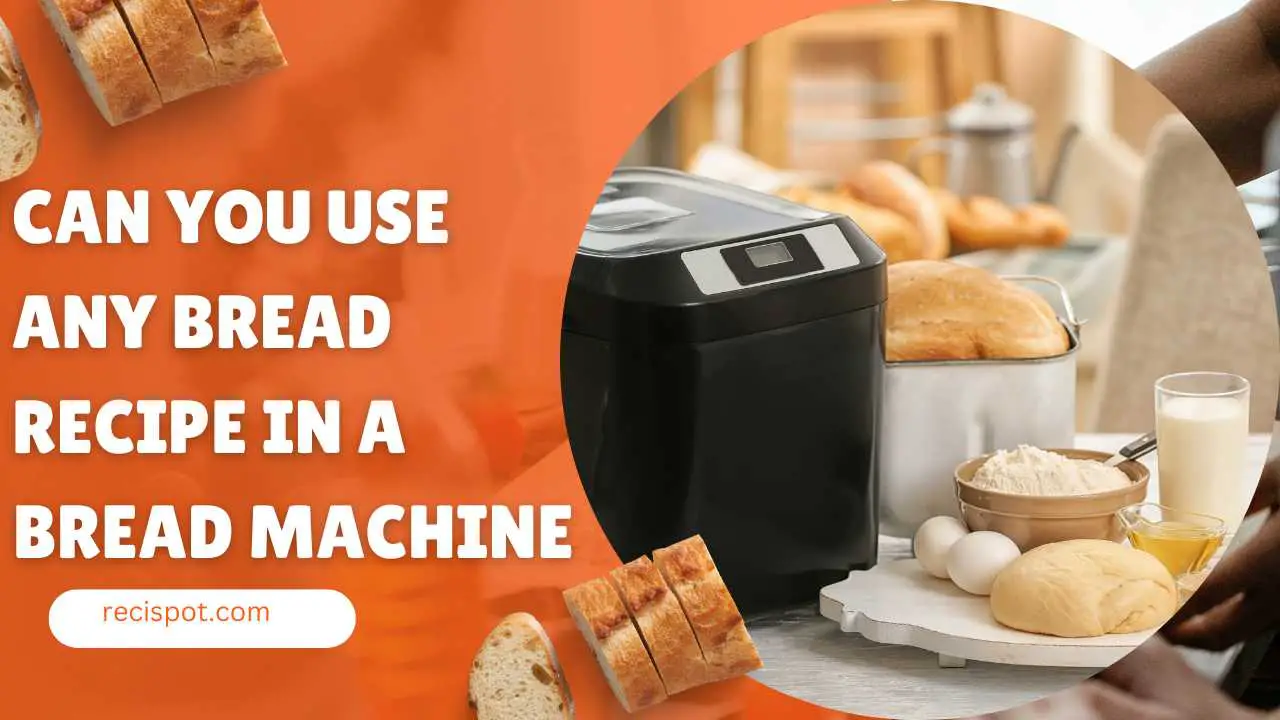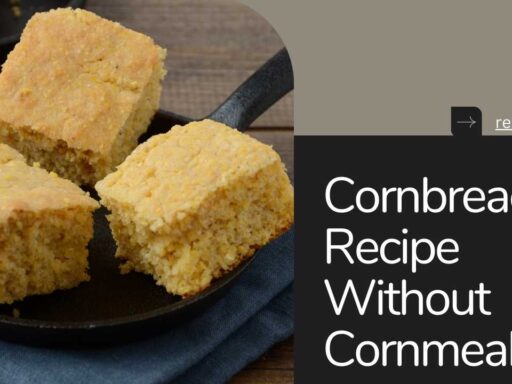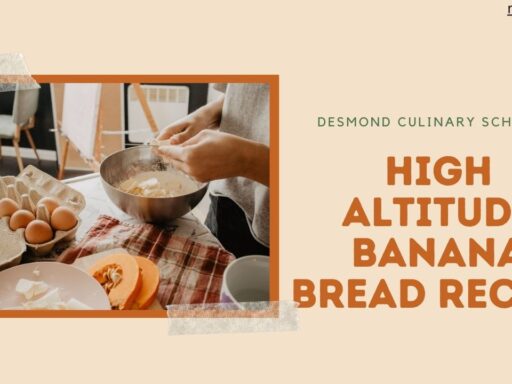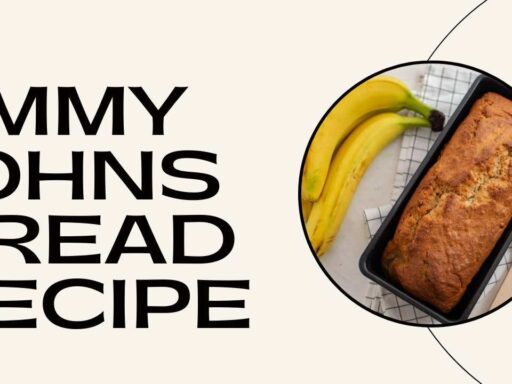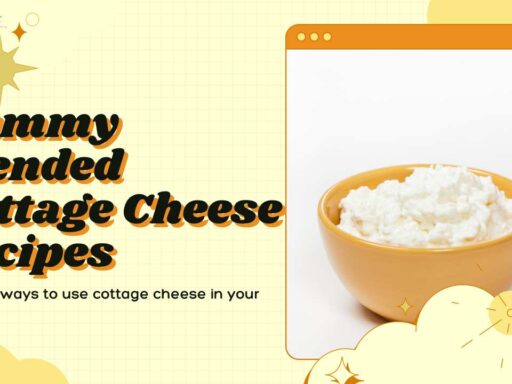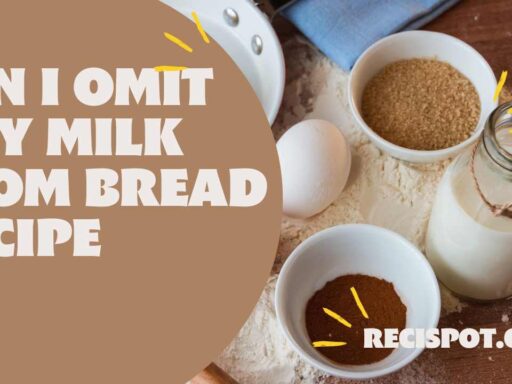Learn the secrets to baking perfect bread in a bread machine. Explore different recipes and find out if you can use any. Can you use any bread recipe in a bread machine in your machine?
For home bakers, the aroma of freshly baked bread is not just a delight to the senses but a warm hug to the soul. The bread machine, a marvel in the kitchen, has revolutionized baking, making it accessible, simple, and more enjoyable than ever before. But as we venture deeper into the world of baking with these devices, a burning question arises: Can you use any bread recipe in a bread machine?
Understanding Can you use any bread recipe in a bread machine: The Fundamentals
Bread machine recipes are designed to take advantage of the appliance’s automatic kneading, resting, rising, and baking cycles. These recipes account for specific kneading times and dough consistency, which are crucial for success in this contained baking environment. Therefore, it’s essential to follow recipe instructions carefully and make any necessary adjustments when using a bread machine. If you want more information about Cheese Recipes,
Basic Ingredients for Bread Machine Recipes
Most bread machine recipes call for similar ingredients that you would use in traditional hand-kneaded bread. These include flour, water, yeast, salt, and sometimes sugar or fat. However, the quantity of each ingredient may vary depending on the type of bread you want to bake and the size of your bread machine. It’s always a good idea to check your recipe for specific ingredient measurements.
Possible Substitutions
One of the benefits of using a bread machine is its versatility. You can easily substitute ingredients in most bread recipes, making it possible to create unique variations that cater to personal preferences or dietary restrictions. For example, you can substitute all-purpose flour with whole wheat or gluten-free flour, swap honey for sugar, or use dairy-free milk instead of regular milk.
Can You Use Any Bread Recipe in a Bread Machine?
In tandem with the innovative spirit of cooking enthusiasts and tech-savvy foodies, the question beckons a deeper exploration. The truth lies not in a simple yes or no but in understanding the subtle art of recipe adaptation.
Key Differences Between Traditional and Bread Machine Recipes
The primary difference hinges on the method. Traditional recipes often involve manual kneading, specific resting times, and oven baking, which can vary significantly from the bread machine’s automated processes. Additionally, bread machines require recipes to fit within certain size constraints to prevent overflow during the rising process.
Factors to Consider When Adapting a Traditional Recipe for a Bread Machine
- Hydration Levels: Bread machines typically do well with dough that has slightly higher hydration due to their enclosed baking environment.
- Yeast Activation: Traditional recipes may call for activating yeast in water first, but bread machines often mix all ingredients directly, necessitating adjustments in yeast amounts or types.
- Order of Ingredients: Most bread machines recommend adding liquids first, followed by dry ingredients, and then yeast on top to avoid premature activation.
Best Practices for Using Non-Bread Machine Recipes
Adapting your favorite traditional bread recipes for a bread machine involves a bit of science and a touch of art. Here are some tips to guide you:
- Adjust the Recipe Size: Ensure the total amount of ingredients fits the capacity of your bread machine.
- Modify Hydration Levels: Be prepared to slightly adjust water or flour quantities to achieve the right dough consistency.
- Tweak Yeast Quantities: If using active dry yeast in a recipe calling for instant yeast, increase the amount by about 25% to ensure proper rise.
Popular Bread Recipes Adapted for Bread Machines
The best part of exploring bread-making with a machine is the ability to experiment. Many traditional recipes, from sourdough to whole wheat, can be successfully adapted with some adjustments. Below are examples of classic breads that have found new life in the bread machine era:
- Sourdough Bread: While sourdough can be tricky due to its long fermentation time, adaptations involve using a sourdough starter as a portion of the liquid and flour in the recipe.
- Rye Bread: Rye flour’s lower gluten content requires a careful balance with bread flour to ensure a good rise while retaining that distinctive rye flavor.
- Multigrain Bread: The inclusion of various grains and seeds adds a delightful texture and nutritional profile, adjusting the amount of water to accommodate the absorption rates of different grains.
Unleashing Your Bread Machine’s Potential
The joy of baking with a bread machine doesn’t stop with standard loaves. Your bread machine is a versatile tool that can produce a wide array of baked goods, from pizza dough to sweet cakes. This expansion into unconventional recipes shows the machine’s flexibility and the baker’s creativity.
Experimenting Beyond Traditional Loaves
- Pizza Dough: By adjusting the dough settings, you can create a perfectly kneaded pizza base ready for your favorite toppings.
- Jam and Preserves: Surprisingly, many bread machines come with a jam setting, allowing you to cook down fresh fruit into delicious, homemade spreads.
- Cakes and Quick Bread: Switching from yeast recipes to baking soda or powder as leavening agents, your machine can bake cakes and quick bread with ease.
Advantages of Bread Machine Versatility
- Time Efficiency: The bread machine combines multiple steps into one appliance, saving time and cleanup.
- Consistency: Automated settings ensure consistent results, providing peace of mind for busy home bakers.
- Creativity Encouragement: With the ability to experiment safely, bakers can explore a wide range of recipes that go beyond traditional bread.
In essence, the boundary of what a bread machine can do is often limited only by the baker’s imagination. By understanding the basic principles that govern its operation, you can push the limits and experiment with a variety of recipes, not just for bread but for a range of baked delights. The key is to start with simple adaptations and gradually experiment with more complex recipes as you become more familiar with the machine’s capabilities and quirks.
Troubleshooting Common Bread Machine Issues
Even with careful adaptations and following best practices, bakers may encounter challenges when using a bread machine. Recognizing and addressing these common issues can ensure that your baking adventure remains enjoyable and successful:
- Collapsed Loaves: This often results from too much yeast or liquid. Reducing the amount slightly may provide a better structure.
- Uneven Crusts: Location and climate can affect the baking process. If crusts are consistently too dark or too light, adjust the crust setting if available or experiment with the placement of ingredients in the machine.
- Dense Loaves: A lack of rise can be due to old yeast or insufficient kneading. Ensure your yeast is fresh, and consider adding a bit more time to the kneading cycle if your machine has customizable settings.
Addressing these issues can drastically improve the outcome of your bread machine recipes, turning disappointments into delicious successes.
Enhancing Flavor and Nutrition in Bread Machine Recipes
With the fundamental techniques under your belt, the next step is to infuse your bread with a variety of flavors and nutritional boosts. This not only makes each loaf more enjoyable but also allows you to cater to different dietary preferences and nutritional needs. Here are some suggestions for enhancing your bread machine creations:
- Whole Grains and Seeds: Incorporate whole grain flours such as whole wheat, spelled, or rye for added fiber and nutrients. Adding a tablespoon or two of seeds like flaxseed, sesame, or sunflower can introduce a crunchy texture and healthy fats.
- Herbs and Spices: Fresh or dried herbs and a dash of spices can transform a simple loaf into a savory masterpiece. Consider classic combinations like rosemary and garlic or adventurous ones like turmeric and black pepper.
- Fruits and Nuts: For a sweeter bread or breakfast loaf, add dried fruits such as cranberries, apricots, or figs, and nuts like walnuts or almonds. These add-ons provide extra vitamins, minerals, and a pleasant texture contrast.
By integrating these ingredients into your bread recipes, you not only enhance the taste but also increase the nutritional value of your homemade loaves, making each slice a healthier option for your family. Experimenting with different combinations can lead to discovering your new favorite bread recipe, all while utilizing the convenience and consistency of your bread machine.
Enhancing Flavor and Nutrition in Bread Machine Recipes
One significant advantage of using a bread machine is the ease with which you can enhance the nutritional value and flavor of your bread. By incorporating whole grains, nuts, seeds, and dried fruits, you can create bread that is not only delicious but also packed with nutrients. Here are some suggestions for doing just that:
- Whole Grains: Substitute a portion of white flour with whole wheat, oat flour, or spelled to increase fiber content. Start with a 1:3 ratio of whole grain to white flour to maintain a good texture.
- Seeds and Nuts: Adding sunflower seeds, flaxseeds, walnuts, or almonds introduces healthy fats, additional protein, and a variety of textures. Be sure to add these at the beginning or when the machine indicates adding mix-ins.
- Dried Fruits: Incorporate dried fruits like raisins, apricots, or cherries for a touch of sweetness and fiber. Chop larger pieces to ensure even distribution and add them at the mix-in prompt to prevent them from being crushed during the kneading process.
By experimenting with these additions, you can transform even the simplest bread recipes into gourmet creations that are satisfying and healthful. Remember to adjust wet ingredients as necessary to accommodate any additional dry ingredients to maintain the dough’s proper consistency.
Additional Resources and Community Engagement
Eager to learn more or share your avant-garde adaptations? Further reading and community spaces await your enthusiastic participation:
In the vibrant world of bread machine baking, engagement with fellow enthusiasts can elevate your baking game to new heights. Online forums, social media groups, and baking blogs are treasure troves of shared knowledge, experiences, and innovative recipes tailored to bread machines. Participating in these communities not only aids in resolving common baking dilemmas but also in discovering hidden gems of recipes that others have successfully adapted.
Whether you are troubleshooting a dense loaf or seeking to perfect your crust, the collective wisdom of seasoned and novice bakers alike can be an invaluable resource. Furthermore, engaging in these platforms provides an opportunity to share your triumphs and learnings, contributing to the rich tapestry of bread machine baking culture.
For those eager to push the boundaries of bread machine baking further, experimenting with international bread recipes presents an exciting frontier. The versatility of bread machines means they can adapt to a wide range of baking traditions from around the globe with some creativity and adjustment. For example, Italian Ciabatta, known for its high hydration dough, can be tweaked for the bread machine by slightly reducing the water content to avoid overly sticky dough. Similarly, the rich, buttery brioche from France, typically requiring extensive kneading, becomes much more accessible with a machine’s dough cycle.
These adaptations not only broaden your culinary repertoire but also bring the joy of global bread-making traditions into your home kitchen. Remember to document your adjustments and experiences, as this knowledge contributes to the collective learning of the bread machine community and encourages others to explore the wonderful diversity of bread.
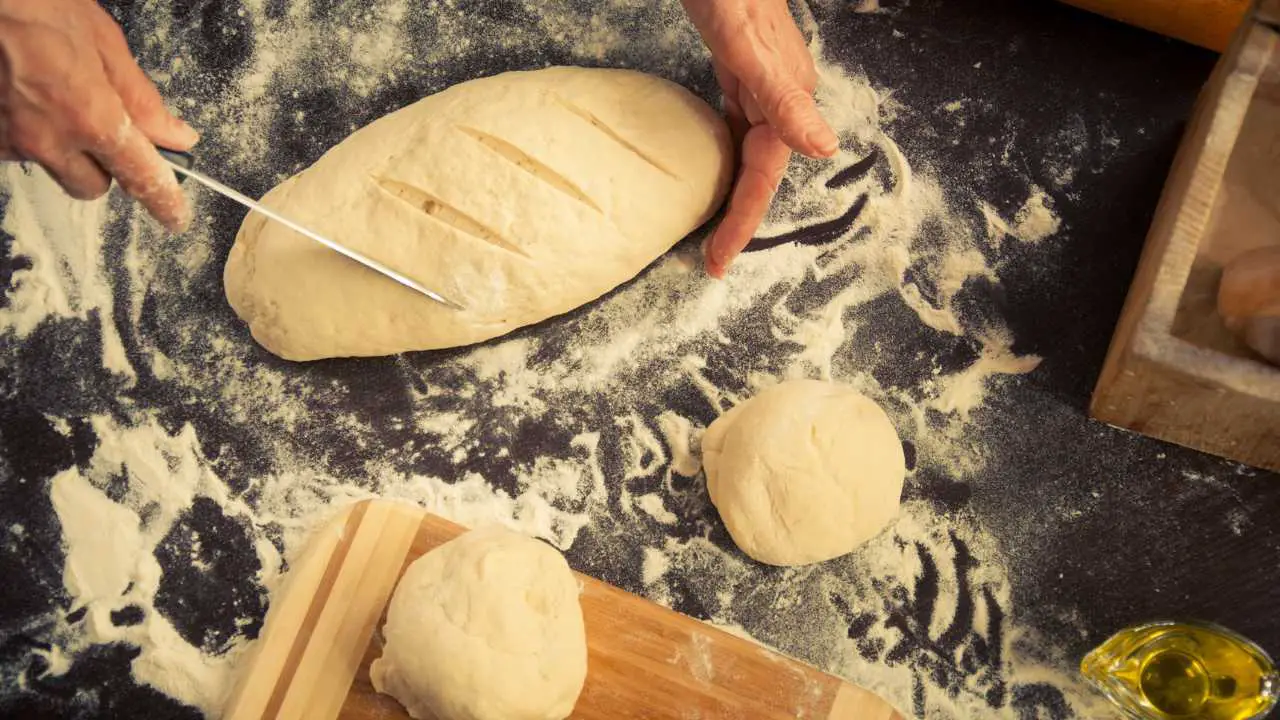
Frequently Asked Questions (FAQs)
Can I use fresh yeast in my bread machine?
Yes, fresh yeast can be used in bread machines. You’ll need to replace the dry yeast quantities in your recipe with the appropriate amount of fresh yeast. Generally, the conversion rate is 1 part dry yeast to 3 parts fresh yeast.
How can I make my bread crust crispier?
A: To achieve a crispier crust, consider removing the bread from the bread machine after the baking cycle and finish it in a preheated oven for 5-10 minutes at 375°F (190°C). This additional step can enhance the crust’s texture significantly.
My bread collapses during the baking process. What am I doing wrong?
Collapsing bread can be the result of several factors, including too much yeast, high humidity, or an imbalance in the wet-to-dry ingredient ratio. Review your recipe and ensure accurate measurements. Additionally, try using slightly less yeast or slightly more flour to find the right balance for your environment.
Can I add ingredients like cheese or olives to my bread?
Yes, ingredients like cheese, olives, or sun-dried tomatoes can be added to enhance the flavor of your bread. It’s best to add these ingredients at the add-in beep or towards the end of the kneading cycle to prevent them from being overly processed.
How do I clean my bread machine?
Always unplug your bread machine before cleaning. Wipe the inside of the machine with a damp cloth. The bread pan and the kneading paddle can usually be removed for easier cleaning. Most are dishwasher safe, but check your machine’s manual to be sure. Avoid immersing the machine itself in water.
Can I bake gluten-free bread in my bread machine?
Yes, most modern bread machines have a gluten-free setting tailored for gluten-free bread recipes, which require different kneading and rising times. Just ensure you use gluten-free flour and check your bread machine’s manual for specific instructions or recipes.
Is it more cost-effective to bake bread at home with a bread machine?
Baking your own bread can be more cost-effective in the long run, especially if you bake frequently and choose ingredients judiciously. Besides the cost, homemade bread can be healthier, free of preservatives, and customized to your taste preferences.
Conclusion of Can you use any bread recipe in a bread machine
Exploring the myriad possibilities offered by bread machines opens up a universe of culinary creativity and exploration right in your kitchen. From incorporating wholesome ingredients to engaging with a like-minded community, the journey of bread machine baking is both rewarding and endless.
By leveraging the tips, tricks, and resources outlined in this guide, you’re well-equipped to transform your home baking experience. Remember, every loaf is a step towards mastering the art of bread-making, and each failed attempt is a lesson learned. Whether you’re a novice baker or a seasoned pro, the key is to experiment, persist, and enjoy the process. Happy baking!
